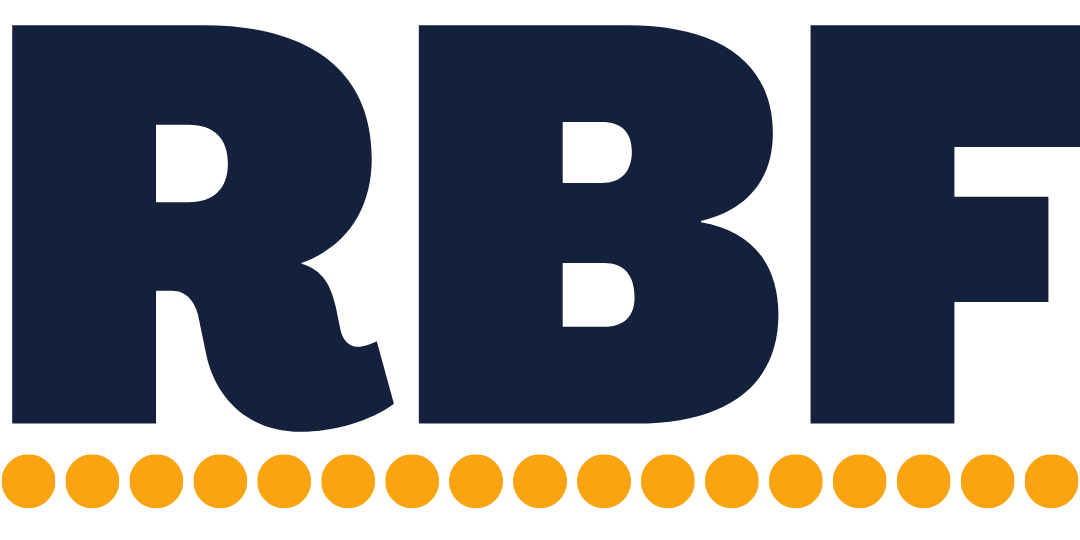A (very) basic order of operations for paying yourself from your business
Small businesses grow in stages. In the beginning, there’s a clamoring for personal financial stability (aka you gotta earn enough money to buy food and pay rent). In that stage, the most important things are generating revenue, being profitable enough, and paying bills. Efficiency, order of operations, compliance, and best practices don’t matter when you’re struggling to make rent. But, once you move past those early stages, systems help bring order to your business. Things that were previously in disarray and difficult to plan around, now follow a rhythm. (Or, at least they will most of the time. There’ll inevitably be hiccups, but it’s okay.)
One of the most important systems (and frequently neglected ones) is how you take money out of your business. While systemizing how you take money out of your business doesn’t seemmm like a big deal, it plays a very big role in small business cash flow, overall owner stress, and how successful you feel you are. If you don’t have a system for pulling money out of your business and instead, withdraw it as the need arises, you won’t be able to properly plan your cash flow because one of your most important expenses (aka your pay) will be unpredictable.
(Quick note: This isn’t tax advice. The exact terminology and most efficient way to take money out of your business can change based on your legal entity and jurisdiction. This is just a framework.)
There is no right answer: There is no 100% absolute formula to pull money out of your business. The exact allocations will depend on your legal entity (eg, SMLLC vs S-corp vs partnership), where your business is located (eg, a tax-efficient salary is different in NYC than across the river in NJ), your overall financial situation, and what’s best for your business. This is just a framework. At a minimum, make sure you’re paying yourself enough to live and keep the IRS off your back.
Recurring living wages: Most importantly, you need to pay yourself a living wage. Not being able to pay yourself a regular wage, while earning a strong profit, isn’t ‘investing back in your business’. It’s a problem. Even the leanest startups pay their owners enough to live (or the owners have ampleee savings to live off of). But, at the same time, be realistic with your living wage. It shouldn’t just be 100% of your profit then you call it a day. That’s not a system. Take a look at your personal finances, figure out exactly how much you need to live per month, and that’s your initial monthly recurring living wage. As your business grows, you can scale your recurring living wage up. But, you’ll want to take care of the following categories before increasing your wage.
Taxes: Once your monthly living expenses are taken care of, start saving for taxes. Ignoring your taxes and paying them in one lump sum each April is a cash flow killer and a huge stressor. Spread it out. Your accountant should be giving you Quarterly Tax Estimates (Heavy emphasis on ‘estimates’. They’ll get you close but will rarely be perfect.) and that’s how much you should set aside each quarter. If your business and revenue are steady throughout the year, split those estimates up into weekly or monthly amounts. If they aren’t, you’ll need to aggressively save during the busy seasons.
Cash cushion: It’s not fun, but once your living expenses and taxes are taken care of, you should start building a cash cushion in your business of 2-3 months worth of operating expenses. (A personal cash cushion that you can lend back to the business doesn’t count). A solid cash cushion will help reduce cash flow stress. And, once you have cash in the bank, you’ll start looking at growth and investment decisions from a new perspective. After you’ve built at least a month’s savings, you can also start planning for retirement and taking small bonuses.
Retirement (or other long-term planning): Your long-term plan should be an intentional part of your cash distribution plan. If you leave it for ‘eventually,’ you’ll never get around to it and eventually will come before you know it. Get started today or you might wind up in a situation where you mathematically cannot save enough to retire on time. If you want to open business retirement accounts, I strongly suggest speaking to your accountant first. If you have employees, you’ll definitely want to speak to a good financial advisor. They’ll explain the options and connect you with a third-party administrator that’ll keep your plan ERISA-compliant.
Bonuses: Bonuses should be paid after everything else is taken care of. That’s why they’re called bonuses and not ‘landed-a-large-client-uses’. Your living wage and taxes should be totally taken care of before paying a bonus. And, your cash cushion and retirement savings should be started before paying a bonus. (Note: talk to your accountant before taking a bonus to make sure you’re taking it tax-efficiently. Your legal entity can change the best way to take a bonus.)
Action Item: Implement a proper cash distribution system.
